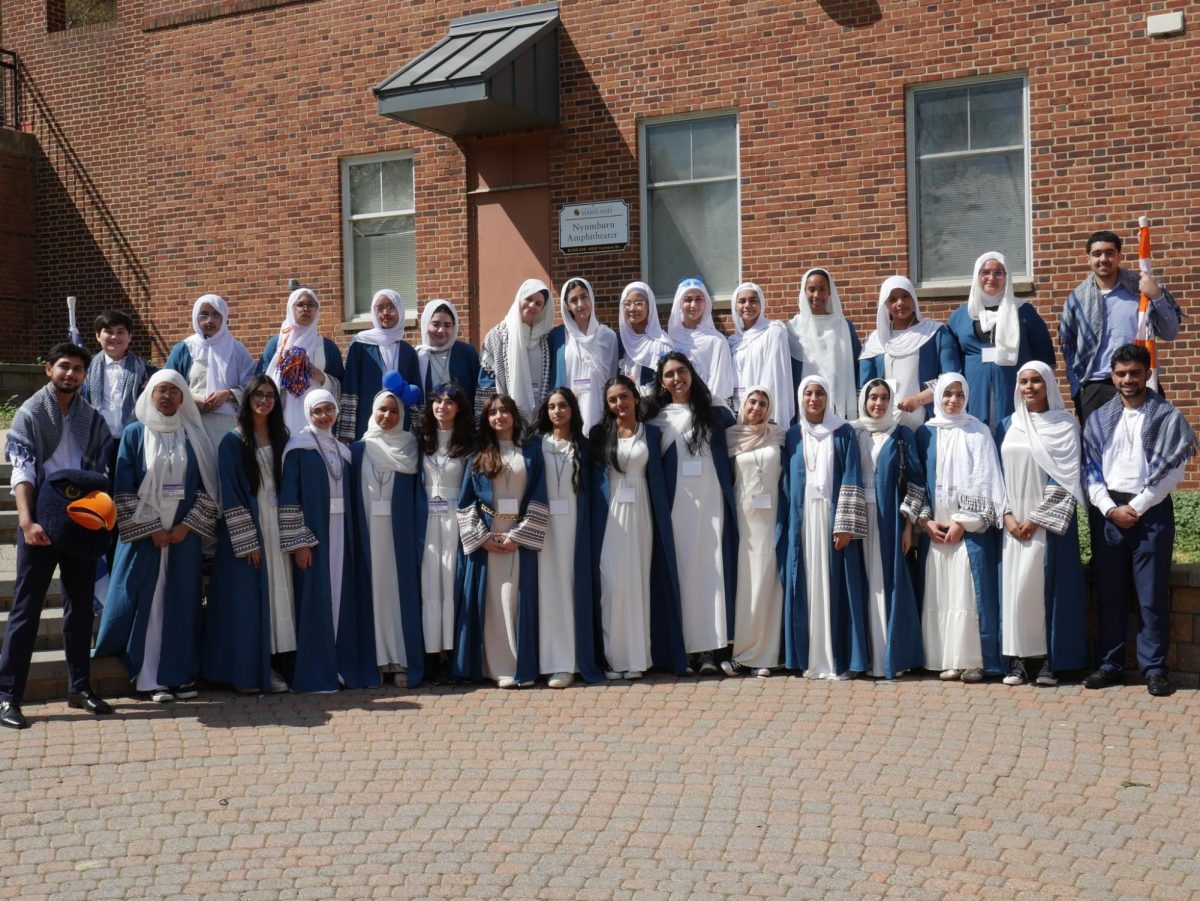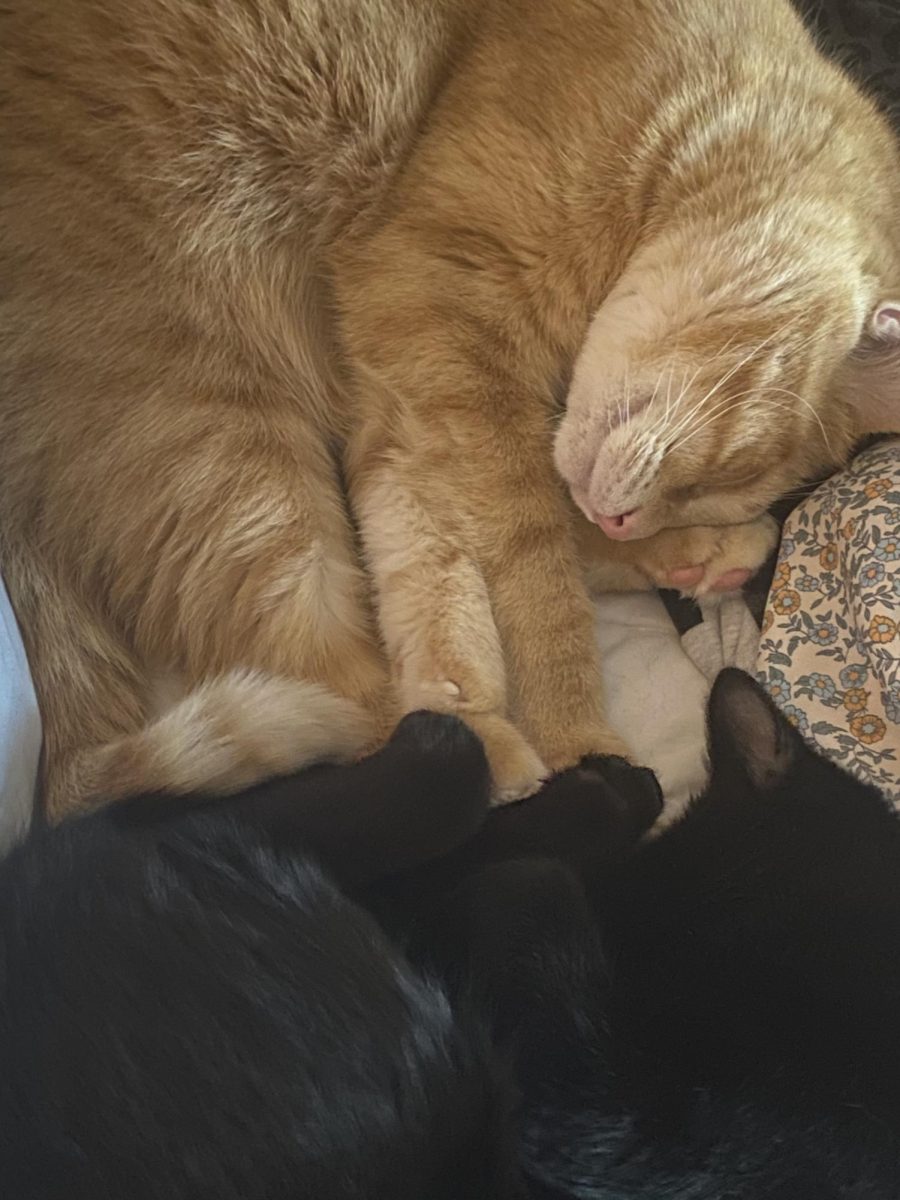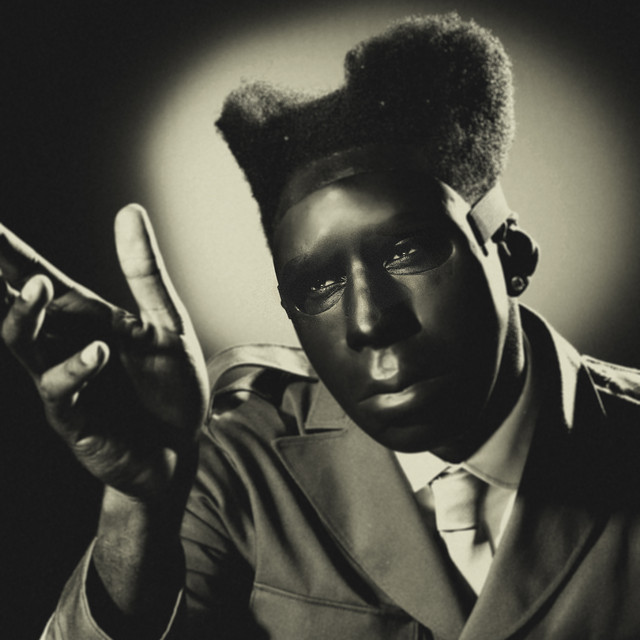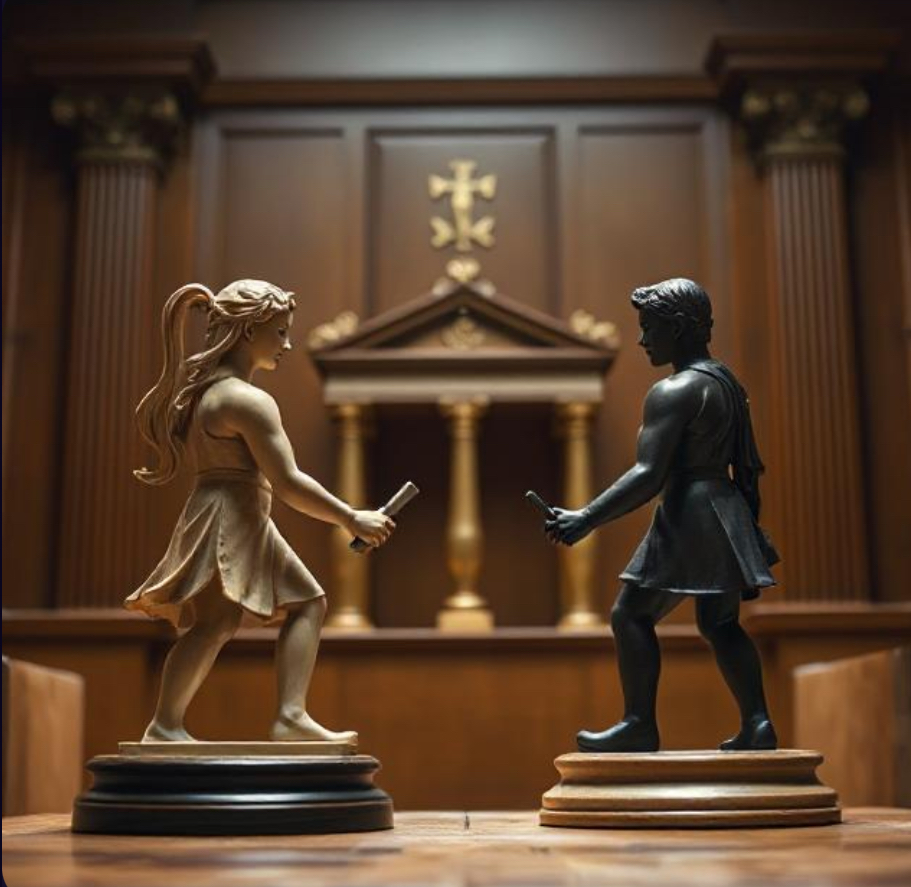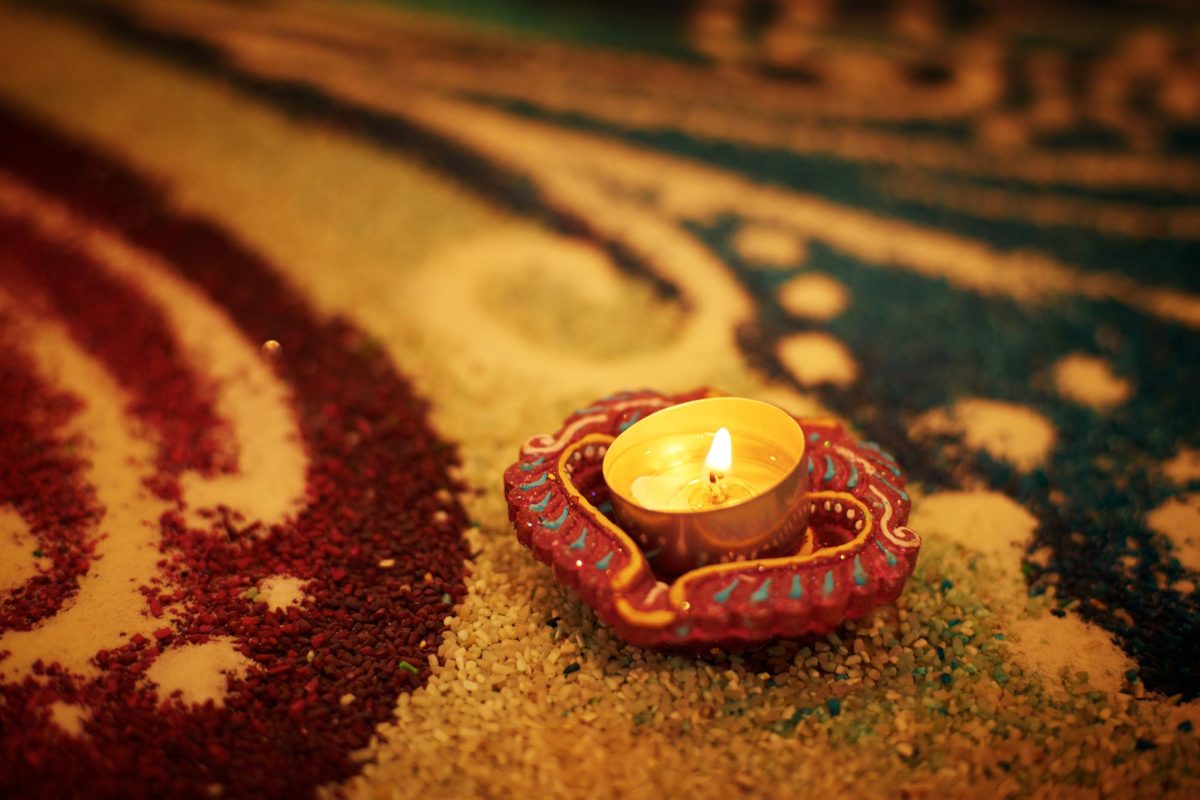Celebrated on March 17, Saint Patrick’s Dayhonors the Christian Patrick, who is credited with bringing the religion to Ireland. Initially a one day celebration, it is branched into a worldwide celebration of Irish culture.
Saint Patrick, a 5th-century missionary, was born in Britain but kidnapped by Irish attackers as a teen and was enslaved. History.com claims that after escaping a few years later (about 6 years), he returned to spread Christianity in Ireland, using the shamrock to explain religious concepts.
March 17, honors the day of this saint’s death. What started as a religious feast day eventually turned into a global festival with parades, green clothing, and lots of celebrations.
History.com states “around the ninth or 10th century, people in Ireland have been observing a Roman Catholic feast day honoring St. Patrick The first St. Patrick’s Day parade took place not in Ireland but in America. Records show that a St. Patrick’s Day parade was held on March 17, 1601 in the Spanish colony of St. Augustine, Florida. The parade, and a St. Patrick’s Day celebration a year earlier were organized by the Spanish Colonies Irish vicar Ricardo Artur.” Although Saint Patrick died in the year 461 and celebrations were held in the 1600’s, Saint Patrick’s Day didn’t become an official and legal holiday until 1903 due to a mix of cultural and political issues.
The tradition of pinching people who don’t wear green on Saint Patrick’s Day is based on an old American folk belief and began in the 1700s, rather than having originated from Ireland. The tradition goes that wearing green makes you invisible to leprechauns, who supposedly like to pinch anyone they can see. So, if you’re not wearing green, you are “visible” to these mischievous creatures—and other people “pinch you for them” as a reminder.
Contrary to popular belief, Leprechauns have no actual connection to St. Patrick’s Day. The legend of the leprechaun goes back over 1,000 years in Irish folklore. According to the website, Irish Myths, “it was once thought that the leprechaun derived its name from the Irish god of many talents, Lugh, it now seems more likely that the word has its origins in the Latin, Luperci, a reference to a group of Ancient Roman priests who were misunderstood to be a race of supernatural beings.”
Saint Patrick’s Day started as a religious “holiday” but has become a big celebration around the world. It still honors Saint Patrick and what he did for Ireland, but now it’s also about bringing people together and celebrating Irish culture.





